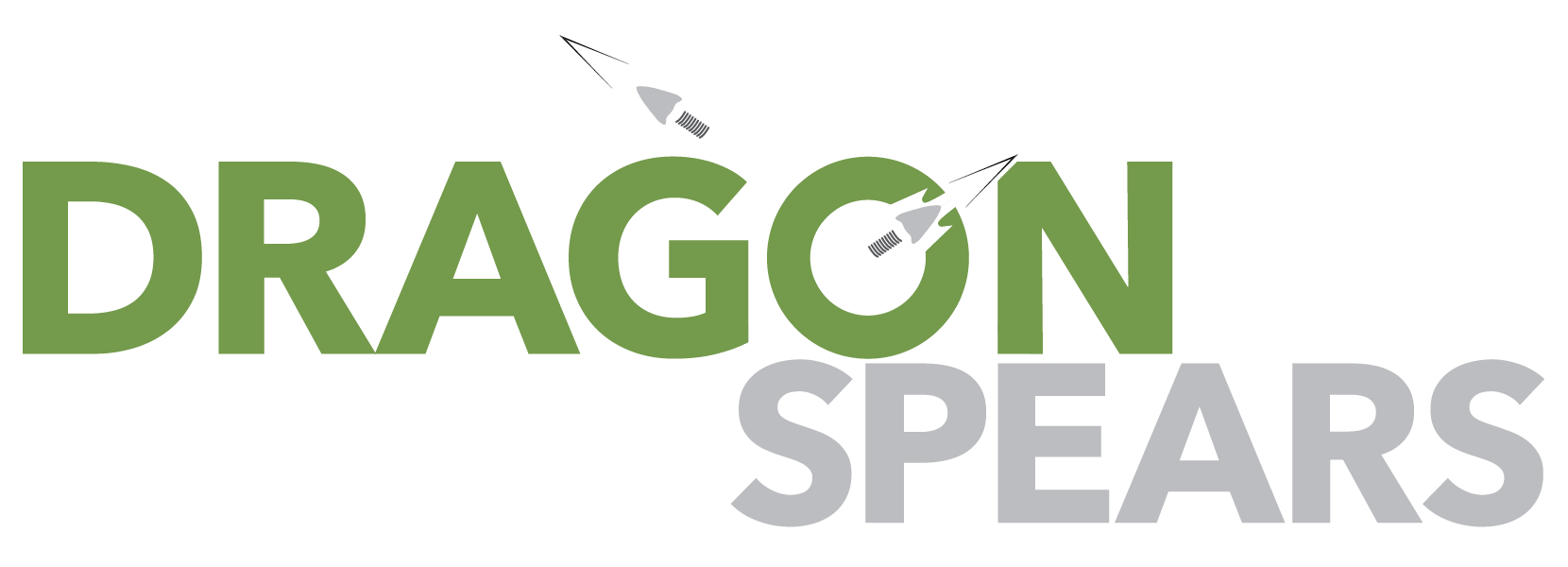
When it comes to nearshore software development, staying flexible and adaptive isn’t just a nice-to-have. It’s essential. That’s where Agile methodology shines. By emphasizing collaboration, continuous feedback, and iterative progress, Agile helps teams respond to changes quickly and deliver high-quality results faster.
Let’s break down how Agile works in a nearshore context, why it’s a natural fit, and how it can help you get more value out of your development partnerships.
Understanding Agile Methodology
Agile methodology is a flexible, iterative approach to software development that prioritizes customer collaboration, responsiveness to change, and delivering working software in small, manageable increments. Instead of rigid, long-term planning, Agile encourages teams to adapt as they go, allowing for quicker pivots and better alignment with business needs.
Its core principles foster faster time-to-market, improved team collaboration, and a strong focus on delivering value continuously. Popular frameworks like Scrum and Kanban provide structure for Agile teams, helping them manage workflows and stay focused on outcomes.
It’s no surprise that 71% of respondents in the 17th Annual State of Agile Report say they use Agile in their software development lifecycle. It’s a proven way to stay competitive in a fast-moving industry.
The Synergy Between Agile and Nearshore Development
Agile and nearshore software development go hand in hand, largely because the strengths of a nearshore model complement the core principles of Agile. Geographic proximity, working with teams in nearby countries, makes it much easier to communicate in real time.
Instead of waiting overnight for responses or juggling drastically different work hours, nearshore teams can jump on a quick call, clarify priorities, and keep projects moving without delay. This kind of accessibility is key to Agile’s success, especially when it comes to daily stand-ups, sprint planning, and retrospectives that rely on fast, frequent communication.
Cultural alignment is another advantage of nearshoring that reinforces Agile values. When teams share similar communication styles, work ethics, and business norms, collaboration becomes smoother and more productive. It’s easier to build trust, give and receive feedback, and maintain a shared understanding of project goals, all of which are critical for Agile’s emphasis on continuous improvement and team cohesion.
Add in the benefit of overlapping time zones, and you have a development setup that supports real-time problem-solving, efficient iteration cycles, and strong relationships between onshore and nearshore teams.
Key Benefits of Agile in Nearshore Partnerships
.png?width=1260&height=630&name=nearshore_partnership%20(1).png)
Agile methodology amplifies the benefits of nearshore software partnerships by creating a framework for closer alignment, faster results, and smarter spending. Here’s how Agile adds value in this context:
- Enhanced Collaboration: Agile ceremonies like daily stand-ups, sprint reviews, and retrospectives help bridge the client-provider gap, encouraging transparency and teamwork across borders.
- Faster Delivery: By breaking work into small, manageable iterations, nearshore teams can deliver functional software quickly and make ongoing improvements based on feedback.
- Cost Efficiency: Nearshore teams offer competitive rates without sacrificing quality, and Agile ensures your budget is used effectively by prioritizing the most valuable features first.
- Improved Quality: Agile’s emphasis on continuous testing and regular feedback helps catch issues early and refine the product throughout the development lifecycle.
Together, Agile and nearshore development create a partnership model that’s fast, efficient, and built to adapt.
Challenges and Solutions
While Agile and nearshore development make a powerful combination, there can be challenges during adoption, especially if teams aren’t fully aligned from the start. Common hurdles include communication gaps, delays in feedback, and differences in Agile maturity between client and provider teams. Initial onboarding can also be a stumbling block, particularly if team members aren’t familiar with Agile workflows or expectations aren't clearly outlined at the beginning.
The good news is that these challenges are manageable with the right strategies in place. Investing in collaboration tools like Slack for real-time messaging, Jira for task tracking, and Zoom for virtual meetings can help keep everyone on the same page.
Prioritizing cultural and linguistic alignment when selecting a nearshore partner can also make a big difference, improving day-to-day communication and strengthening team dynamics. Lastly, setting clear expectations during the project kickoff, including roles, sprint cadences, and communication protocols, lays a strong foundation for a successful Agile partnership.
Gain a Competitive Advantage in Agile Methodology
Agile methodology has transformed the way nearshore software development teams collaborate, deliver value, and adapt to change. By embracing iterative workflows, real-time communication, and continuous feedback, businesses can unlock the full potential of their nearshore partnerships. Agile not only accelerates delivery and improves product quality, it also fosters stronger collaboration and alignment across borders.
If you’re looking to streamline your development process and get the most out of your nearshore team, DragonSpears is here to help. Our experts specialize in Agile implementation and nearshore optimization, making sure your projects stay on track and deliver real results. Let’s build something great together. Reach out to DragonSpears today and start your Agile journey.


